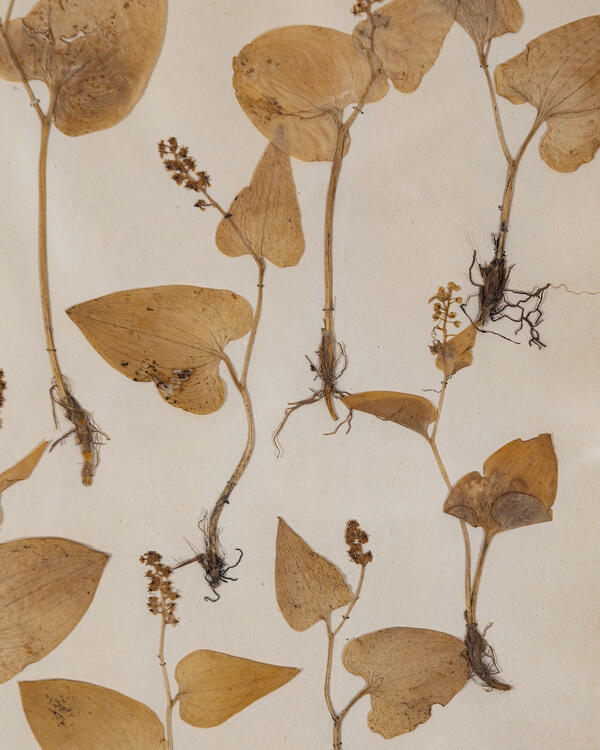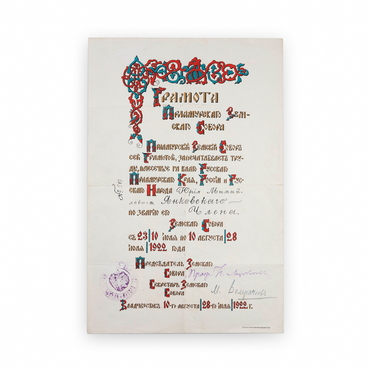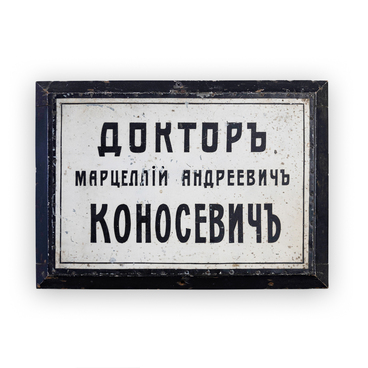The collection of the Vladimir Arseniev Museum of Far East History contains the herbarium of Mikhail Ivanovich Yankovsky (1842–1912).
A herbarium (from Latin herba — “herb”) is a collection of specially collected and dried plants. Originally, this term denoted a book containing a detailed description of medicinal herbs with their images. Today, these authentic samples of the region’s flora and fauna provide an opportunity to imagine what our environment used to be like in the past. The first collection of dried plants was created in the 16th century by Luca Ghini (1490–1556), an Italian botanist and founder of the Pisa Botanical Garden. It was he who suggested drying plants between sheets of paper for long-term storage. Subsequently, the Swedish scientist Carl Linnaeus (1707–1778) developed the fundamentals of herbarium science.
Creating collections of dried plants became especially relevant in the era of exploration and study of Far East nature in the second half of the 19th century. Compiling various floristic lists fascinated travelers, researchers and local historians, including Mikhail Ivanovich Yankovsky.
Mikhail Ivanovich Yankovsky was a nobleman who was exiled to Siberia for his participation in the Polish Uprising of 1863. In 1872, he traveled to the Far East as a member of a scientific expedition along the Amur River. Soon Mikhail Yankovsky received an offer to become the manager of the gold mines of merchant I. I. Kuster and, having taken the new position, settled on the island of Askold. In 1879, he founded his own business (an agricultural farm and a stud farm) in the Sidimi Bay (now the village of Bezverkhovo) on the Kamchatka peninsula. Mikhail Ivanovich Yankovsky became famous not only as a businessman, but also as an archaeologist and natural scientist. He discovered several subspecies of day and night butterflies, several species of birds, the most famous of which is the Jankowski’s bunting. The archaeological culture he discovered, which Yankovsky himself called “the culture of sea shell heaps”, is now named after him.
Mikhail Yankovsky’s collection
of plants was one of the first additions to the herbarium collection of the
Museum of the Society for the Study of the Amur Region. They were collected in
the vicinity of his estate in Sidimi Bay on the shore of the Sea of Japan in
1884 and 1887.





